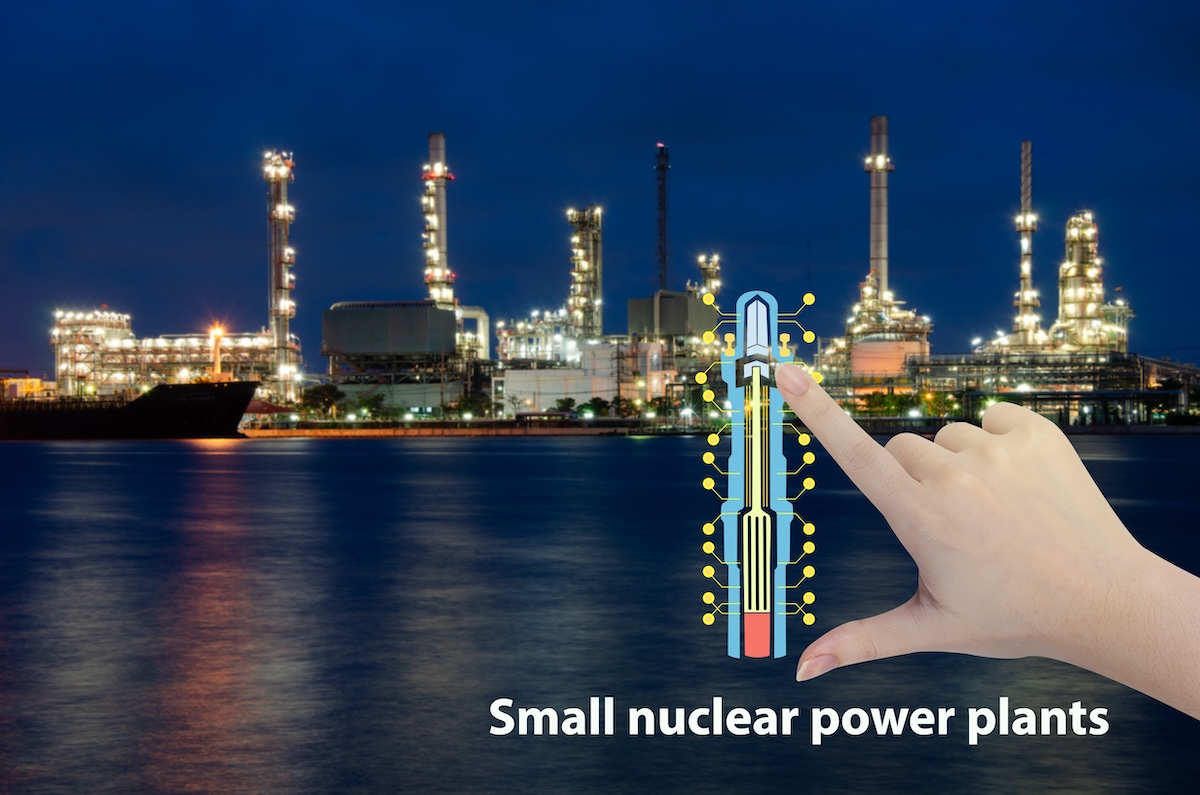
The nuclear industry is having its moment in the sun thanks to Big Tech’s growing appetite for energy.
With artificial intelligence pushing energy demand to new highs, companies like Microsoft (MSFT), Amazon (AMZN), and Google (GOOGL) are racing to secure carbon-free power.
That has meant pouring money into nuclear — especially small modular reactors (SMRs), a next-gen alternative to traditional nuclear plants.
Microsoft inked a 20-year deal with Constellation Energy (CEG) to restart Three Mile Island, the site of the worst nuclear accident in U.S. history. Amazon invested in SMR developer X-Energy, and Google signed a power agreement with Kairos Energy.
Oklo (OKLO), another SMR player, went public in May 2024 through a merger with OpenAI co-founder Sam Altman’s SPAC, AltC Acquisition Corp.
What’s all the hype about SMRs?
The appeal of SMRs is that they’re smaller, cheaper, and easier to deploy than full-scale nuclear plants and they produce almost no emissions.
Even former nuclear critic President Trump has reportedly warmed up to them, calling traditional reactors “too big and too complex and too expensive,” but signaling support for SMRs.
There’s a catch, though: no SMR has gone live in the U.S.
Oklo says it will launch by 2028, but it's already delayed once. NuScale (SMR), which was once seen as the U.S. frontrunner, scrapped its flagship project last year after failing to lock in enough subscribers.
So now, attention turns north.
Ontario Power Generation (OPG) has officially received government approval to build North America's first grid-scale SMR. It will be the first new nuclear project in Ontario in over 30 years, with a target launch date of 2030 and a projected cost of CAD$7.7 billion.
The province plans to build three more SMRs by 2035, backed by CAD$20.9 billion in government support.
For U.S. investors, that project may offer a real-world test case before placing bets on American companies.
The sector is still highly speculative
In a report, VanEck's Brandon Rakszawski wrote that while names like Oklo are targeting 2028, “the early 2030s may be a more reasonable timeline.”
He warned that most SMR stocks are still speculative and “susceptible to different commercial and regulatory paths to market.” That makes it hard to predict winners, especially as many of the buzziest companies (TerraPower, X-Energy, Kairos) remain private.
Another risk is the AI hype cycle.
“While this association has fueled notable growth in the space,” Rakszawski wrote, “it certainly leaves SMR investments susceptible to market corrections and re-ratings.”
For now, he suggests investors consider nuclear-focused ETFs that offer “broad-based exposure to the entire ecosystem.”
Your email address will not be published. Required fields are markedmarked